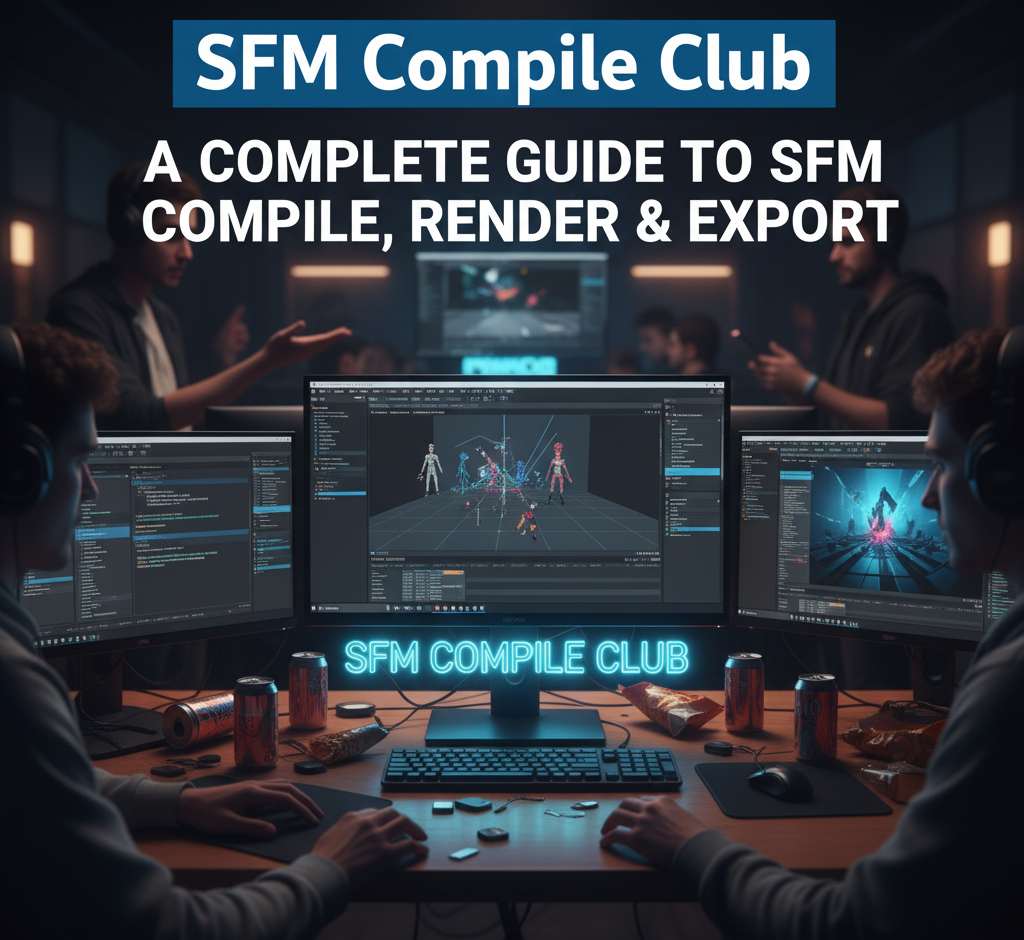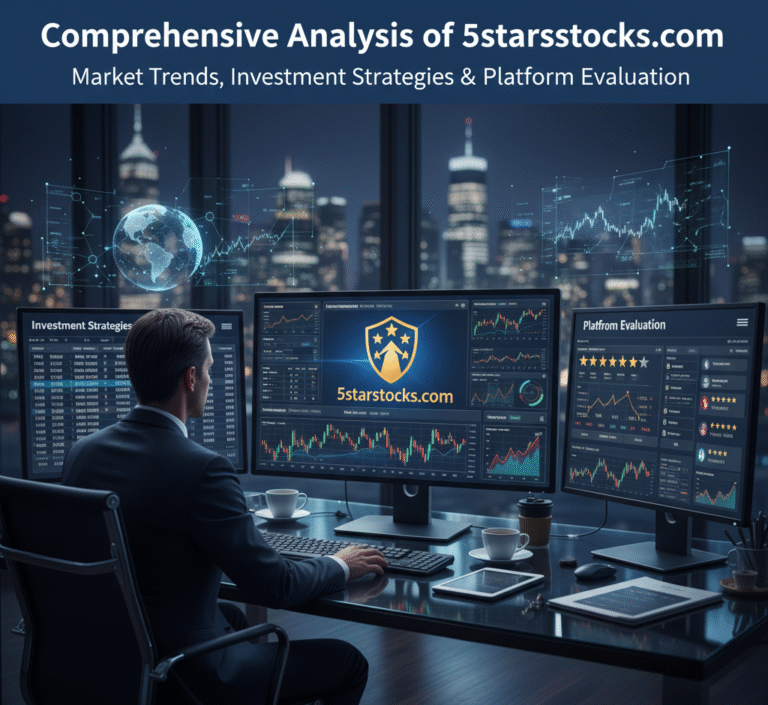SFM Compile Club: A Complete Guide to SFM Compile, Render & Export

So, you’ve done it. You’ve spent hours, days, or perhaps even weeks meticulously crafting your masterpiece in Source Filmmaker (SFM). Your shots are framed, your characters are animated, the lights are set to perfection, and the camera moves with cinematic grace. You’ve conquered the creative mountain. Now, it’s time to bring it all down from the digital realm and into a viewable video file you can share with the world. This final, crucial phase is the process of compiling, rendering, and exporting.
For many, this last step can be the most daunting. It’s where technical jargon meets artistic vision, and a misstep can lead to hours of wasted processing time or a final product that doesn’t live up to the preview. This guide will demystify the entire process, walking you through every setting, warning you of common pitfalls, and providing the knowledge you need to export your SFM project with confidence and quality.
Part 1: The Pre-Flight Checklist – Before You Hit Render
Rendering is computationally expensive. A few minutes of poor planning can lead to hours of wasted rendering time. Before you even open the export menu, run through this essential checklist.
1. Final Playblast Review: This is your last chance to catch errors. Don’t just watch it in the viewport; use the Playblast feature (File > Playblast). This creates a quick, low-quality test render of your entire sequence. Watch it from start to finish. Look for:
- Pop-in: Models or props that suddenly appear or disappear.
- Animation Glitches: Characters clipping through objects, jittery movements, or broken IK handles.
- Lighting Issues: Flickering shadows, overly dark or bright areas, or visible light volumes where they shouldn’t be.
- Camera Mistakes: Accidental camera movement, incorrect depth of field, or unwanted motion blur.
2. Manage Your Timeline: In the Animation Set Editor, ensure that only the elements you absolutely need for your final render are enabled. Every active model, particle effect, and light source adds to the render time. If you have placeholder models or test lights, disable or delete them.
3. Set Your Resolution: Go to Movie > Render Settings. Your resolution is the first and most critical setting. 1920×1080 (1080p) is the modern standard for YouTube and other platforms. If you’re aiming for higher quality or have a powerful machine, you might choose 2560×1440 (1440p) or 3840×2160 (4K). Be warned: increasing resolution quadruples the render time with each step up. 4K takes four times longer than 1080p.
4. Clean Your Session: SFM is notorious for memory leaks and instability over long sessions. Before you begin a long render, save your project, close SFM completely, and reopen it. This clears the RAM and gives you a fresh start, significantly reducing the chance of a crash mid-render.
Part 2: The Engine Room – Demystifying Render Settings
Once your project is prepped, it’s time to navigate the heart of the process: the Render Settings window (Movie > Render Settings). This is where you define the quality and parameters of your final image sequence.
A. The “Render Settings” Tab
This tab controls the fundamental qualities of your render.
- Quality Setting: This is a master slider that affects several underlying properties (like anti-aliasing). For a final export, you should always set this to High. There is no reason to render a final project on Medium or Low, as it will look significantly worse.
- Shader Detail: Leave this on High.
- Shadow Detail: Set to High. This ensures all your dynamic shadows are rendered at their highest resolution.
- Render Motion Blur: This is a stylistic choice. Enabled motion blur adds a tremendous sense of speed and realism to movement but can drastically increase render times, sometimes by 200-300%. For a slow, dramatic scene, you might turn it off. For an action-packed sequence, it’s often essential.
- Render Depth of Field: This should almost always be enabled if you’ve used Depth of Field (DoF) in your camera settings. Disabling it will render all elements in perfect focus, destroying the cinematic look you’ve created.
- Render Bloom: Enable this if you are using light bloom effects. Disable it for a completely “clean” image.
- Multisample Anti-Aliasing (MSAA): This smooths out jagged edges (aliasing) on models. 8x MSAA is the standard for a high-quality, clean image. You can use lower values for test renders to save time.
- Override Field of View: Generally, you should leave this unchecked and control your FOV directly from your camera.
B. The “Export” Tab – Choosing Your Format
This tab determines the container and codec for your video. SFM doesn’t render directly to a video file like MP4; it renders to an image sequence, which you then compile into a video.
- Image Format: This is the most important choice.
- PNG (Recommended): This is a lossless format. It preserves every single pixel of data exactly as it was rendered. This results in very large file sizes but is the absolute best quality and is essential for any post-production work (like color grading in Adobe Premiere or After Effects). Always use PNG for your final master render.
- JPEG: A lossy format. It compresses the image, throwing away some data to create smaller files. The quality loss is often visible as compression artifacts. Only use this for quick test renders.
- TGA / BMP: Other lossless formats. PNG is generally preferred over these as it offers similar quality with better compression.
- Video Format: This is where you tell SFM to compile the image sequence into a video after it’s done rendering. This is a legacy feature and is not recommended for high-quality work. The codecs available are old and produce large, low-quality files. We will cover the proper way to compile your video later in this guide.
- Audio Format: If you’ve added any audio to your sequence in SFM, this will export it as a WAV file. You can then sync it with your video in editing software.
The Golden Rule of SFM Export: Always render to a PNG image sequence. It gives you a perfect-quality master that you can use to create any other video format you need, forever, without ever having to re-render from SFM.
Part 3: The Marathon – Executing the Render
You’ve configured your settings. You’ve saved your project. You’ve taken a deep breath. It’s time to render.
- Go to
Movie > Export Movie. - Choose a destination folder with plenty of free space. A 10-second 1080p PNG sequence can be several gigabytes.
- Give your sequence a name (e.g.,
My_Animation_v01). SFM will automatically append a frame number (e.g.,My_Animation_v010000.png). - Click Export.
A window will pop up showing you the progress. You’ll see the current frame being rendered and an estimated time remaining. Do not use your computer for anything intensive during this time. Playing games, editing videos, or even having too many browser tabs open can compete for resources and cause SFM to crash or slow to a crawl.
Rendering is a test of patience. A complex scene can render at a speed of 1-2 minutes per frame or even slower. For a 30fps, 5-minute animation, that’s 9,000 frames. At 1 minute per frame, that’s 9000 minutes, or 150 hours of rendering time. Plan accordingly. Many SFM artists let their PCs render overnight or while they are at work or school.
Part 4: The Final Assembly – Compiling Your Image Sequence
Your render is complete. You now have a folder full of thousands of sequentially numbered PNG files. This is your raw, uncompressed footage. The next step is to compile these frames into a usable video file using dedicated video encoding software. This is where you get true control over the final product.
Recommended Software: Shotcut (Free & Powerful)
While you can use professional tools like Adobe Premiere Pro or DaVinci Resolve, Shotcut is a fantastic, free, and open-source video editor that is perfect for this task.
- Create a New Project: Open Shotcut and create a new project. Immediately set the project’s video mode to match your render (e.g., 1080p, 30fps).
- Import the Image Sequence: Go to
Playlist > Add File. Navigate to your folder of PNGs. Select the first image in the sequence (e.g.,file0000.png). - Crucially, check the box that says “Show advanced settings” and then check “Open as image sequence”. This tells Shotcut to treat all the numbered files as a single video clip. Click Open.
- Drag the clip from the Playlist onto the timeline.
- Add Audio (Optional): If you exported a WAV file from SFM, import it and drag it to an audio track, syncing it with the start of your video.
Exporting from Shotcut to a Final Video File
Now, you compress your massive image sequence into a shareable video file.
- Go to
Export > Advanced. - Choose a preset. For YouTube,
YouTube 1080porYouTube 4Kare excellent starting points. - You can further customize the settings:
- Format: MP4 is the universal standard.
- Codec: H.264 is the most compatible codec for today’s web. H.265 (HEVC) offers better compression (smaller files) but requires more processing power to encode and decode.
- Frame Rate: Must match your project (e.g., 30, 24, 60 fps).
- Quality: The preset will choose a good balance. You can use a Constant Rate Factor (CRF) value if you want more control. A lower CRF (e.g., 18) means higher quality and larger file size. A higher CRF (e.g., 23-25) means smaller files but more compression. A value between 18-22 is typically considered visually lossless.
Click Export File. Shotcut will now encode your video. This process is much faster than the initial SFM render but can still take some time depending on the length and resolution of your project.
Part 5: Troubleshooting Common Rendering Problems
Even with perfect planning, things can go wrong.
- SFM Crashes During Render: This is often caused by running out of RAM or a corrupted model. Try closing all other applications. If it consistently crashes on a specific frame, go to that frame in SFM and see if a specific model or effect is causing the issue. You may need to replace it or simplify the scene.
- Flickering Shadows: This is a common issue in Source Engine. It’s often caused by lights being too close to a surface or by overlapping geometry. Try moving the light source slightly or increasing the light’s radius.
- Low Render Speed: Ensure your graphics card drivers are up to date. Beyond that, rendering speed is primarily determined by your GPU’s power. Settings like Motion Blur and high-resolution shadows are the biggest hogs.
- Final Video is Choppy: If your compiled video is choppy but the PNG sequence is smooth, you likely have a mismatch between your project frame rate and your export frame rate. Ensure everything is set to the same value (e.g., 30fps everywhere).
Conclusion: From Preview to Premiere
Compiling, rendering, and exporting in Source Filmmaker is the final, transformative act of creation. It’s the process that turns a project file, viewable only on your machine, into a universal piece of art that can be shared and enjoyed by anyone. By understanding the difference between rendering and encoding, by adhering to the practice of creating a lossless PNG master, and by using modern tools to compile your final video, you ensure that the hours of effort you put into animating, lighting, and filming are represented in the highest quality possible.
It requires patience, planning, and a meticulous eye for detail. But when you finally see your finished video, rendered in all its glory, playing seamlessly on your screen—ready for upload—you’ll know that every minute of the wait was worth it. Now go forth and render.

I’m Luan Arno, the owner of Check-SASSA.co.za, where I help South Africans navigate SASSA services. As a father of two living in Johannesburg, I’m passionate about making essential information accessible to those in need. With a background in community service and digital communications, I aim to simplify the process of checking benefits. When I’m not working, I love exploring our beautiful country with my family. Thank you for visiting Check-SASSA!


